Seasonic Prime Ultra Titanium 1000W PSU Review: Quiet Dominance
Why you can trust Tom's Hardware
Teardown & Component Analysis
Before proceeding with this page we strongly encourage you to a look at our PSUs 101 article, which provides valuable information about PSUs and their operation, allowing you to better understand the components we're about to discuss.
| General Data | |
|---|---|
| Manufacturer (OEM) | Seasonic |
| Platform Model | Prime Titanium |
| Primary Side | |
| Transient Filter | 2x Y caps, 3x X caps, 2x CM chokes, 1x MOV |
| Inrush Protection | NTC thermistor & relay |
| Bridge Rectifier(s) | 2x Vishay LVB2560 (600V, 25A @ 105°C) |
| APFC MOSFETs | 2x Infineon IPP60C7099 (650V, 14A @ 100°C, 0.099Ω) |
| APFC Boost Diode | 1x STPSC10H065D (600V, 10A @ 135°C) |
| Hold-up Cap(s) | 1x Hitachi (400V, 470uF, 2000h @ 105°C, HU) 1x Hitachi (400V, 820uF, 2000h @ 105°C, HU) |
| Main Switchers | 4x Infineon IPP50R140CP (550V, 15A @ 100°C, 0.14Ω) |
| Drivers For Main Switchers | 2x Silicon Labs Si8230BD |
| APFC Controller | ON Semiconductor NPC1654 |
| Switching Controller | Champion CM6901 |
| Topology | Primary side: Full-bridge & LLC resonant converter Secondary side: Synchronous rectification & DC-DC converters |
| Secondary Side | |
| +12V MOSFETs | 6x R638 |
| 5V & 3.3V | DC-DC Converters: 6x Infineon BSC0906NS PWM Controller: APW7159 |
| Filtering Capacitors | Electrolytics: Nippon Chemi-Con (1-5000h @ 105°C, KZE), Nippon Chemi-Con (105°C, W), Nippon Chemi-Con (4000-10,000h @ 105°C, KY), Chemi-Con (5-6000h @ 105°C, KZH), Rubycon (3-6000h @ 105°C, YXG) Polymers: FPCAP, Nippon Chemi-Con |
| Supervisor IC | Weltrend WT7527V (OVP, UVP, OCP, SCP, PG ) & AS393M |
| Fan Model | Hong Hua HA13525M12F-Z (135mm, 12V, 0.36A, 1800 RPM, fluid dynamic bearing) |
| 5VSB Circuit | |
| Buck Converter | Leadtrend LD7750R |
| Rectifiers | STMicroelectronics STU6N65K3 (650V, 3A @ 100°C, 1.3Ω) Infineon BSC0906NS (30V, 40A @ 100°C, 4.5mΩ) |
| -12V Circuit | |
| Buck Converter | Lite-On LSP5523 (3A max output current ) |
Seasonic's component selection and design focus on delivering the highest efficiency possible while keeping noise output low. A full bridge topology and LLC resonant converter are used on the primary side. On the secondary side, FETs regulate the +12V rail and a couple of DC-DC converters handle the minor rails.
There is a dedicated buck converter IC for the -12V rail's rectification, rather than a plain diode. Although this rail is insignificant, it can still kill a PSU, so it's nice to see a proper IC used for its generation, enabling overload protection.
Here are some photos of the PSU’s major parts:
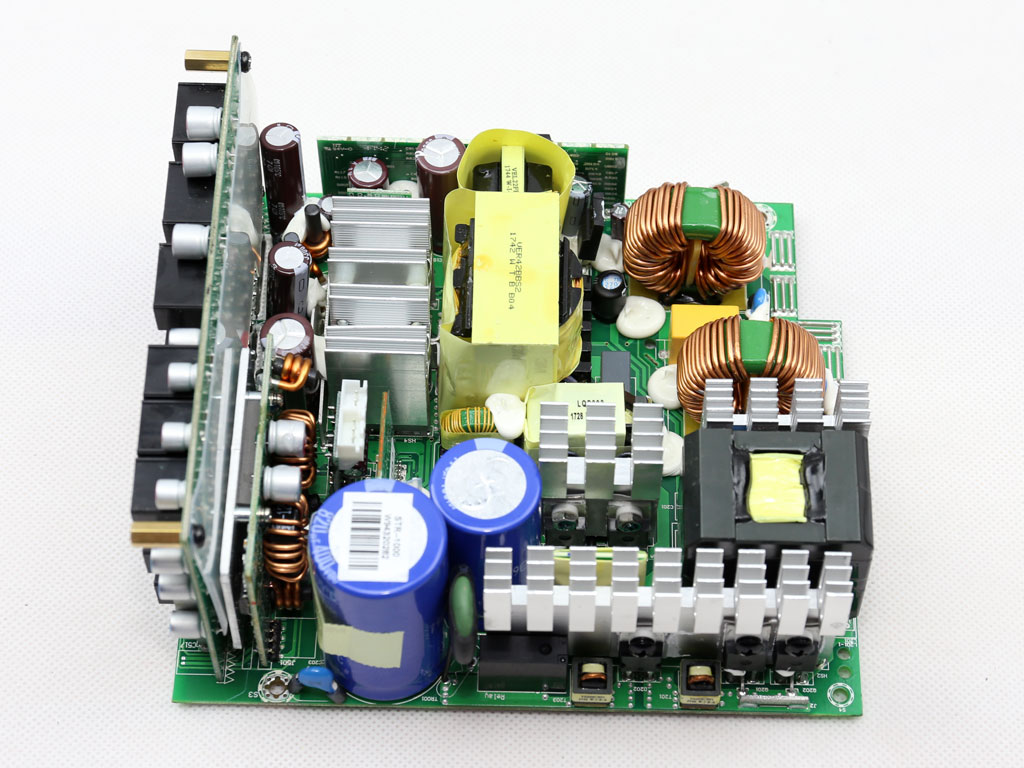




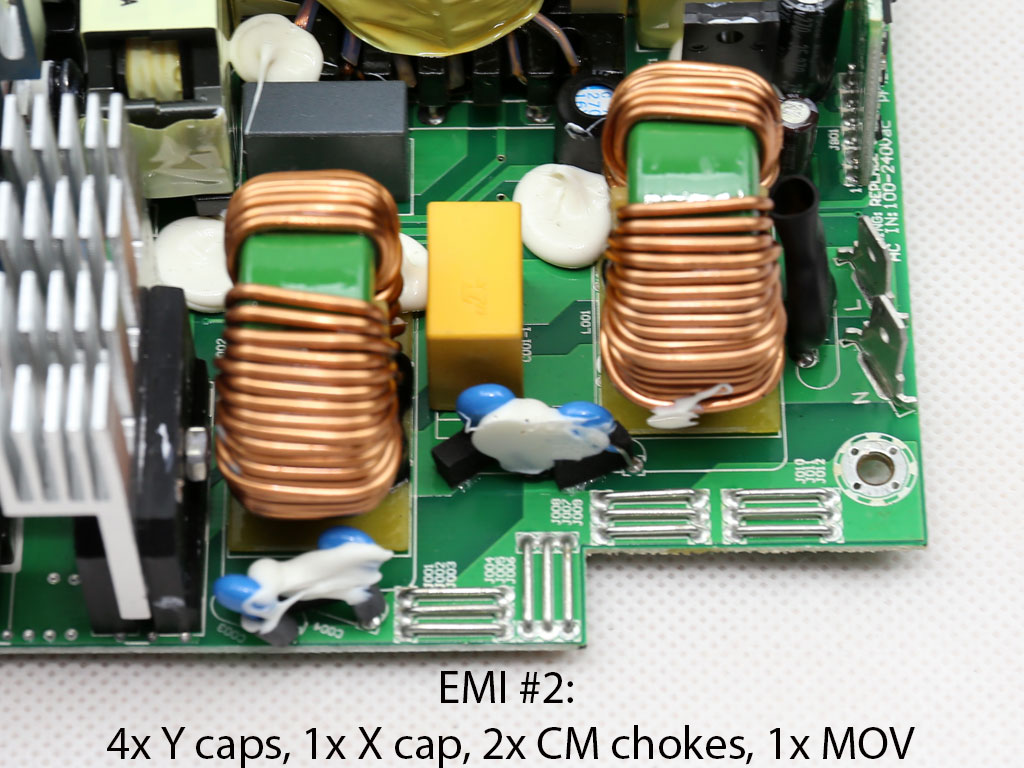
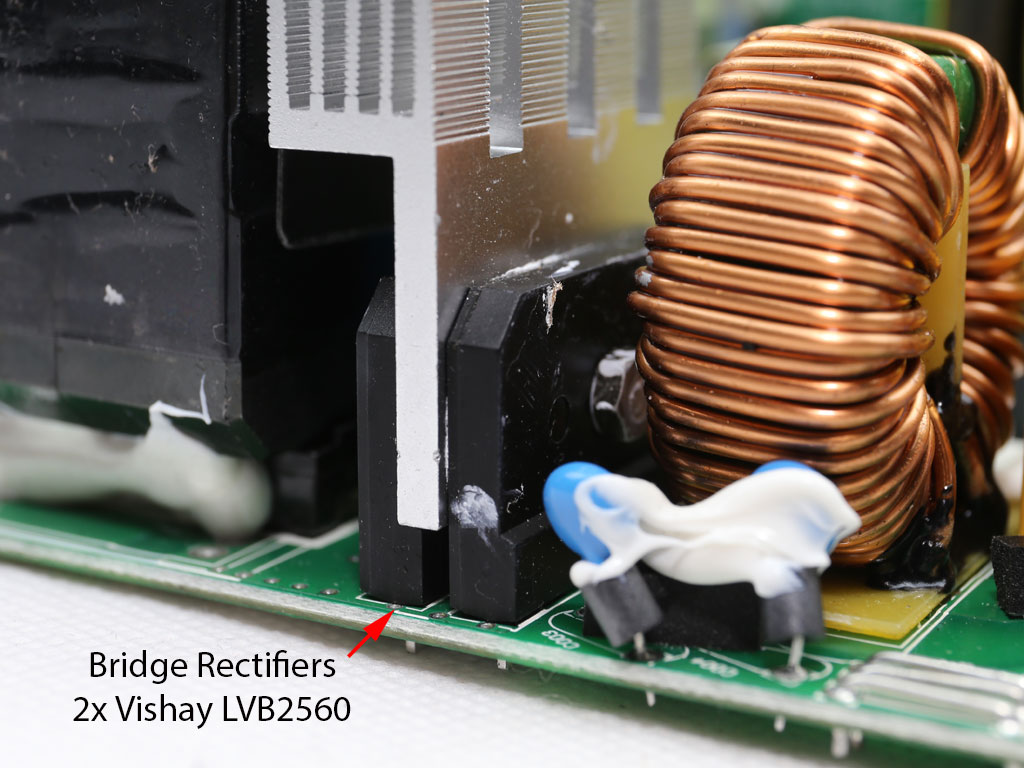



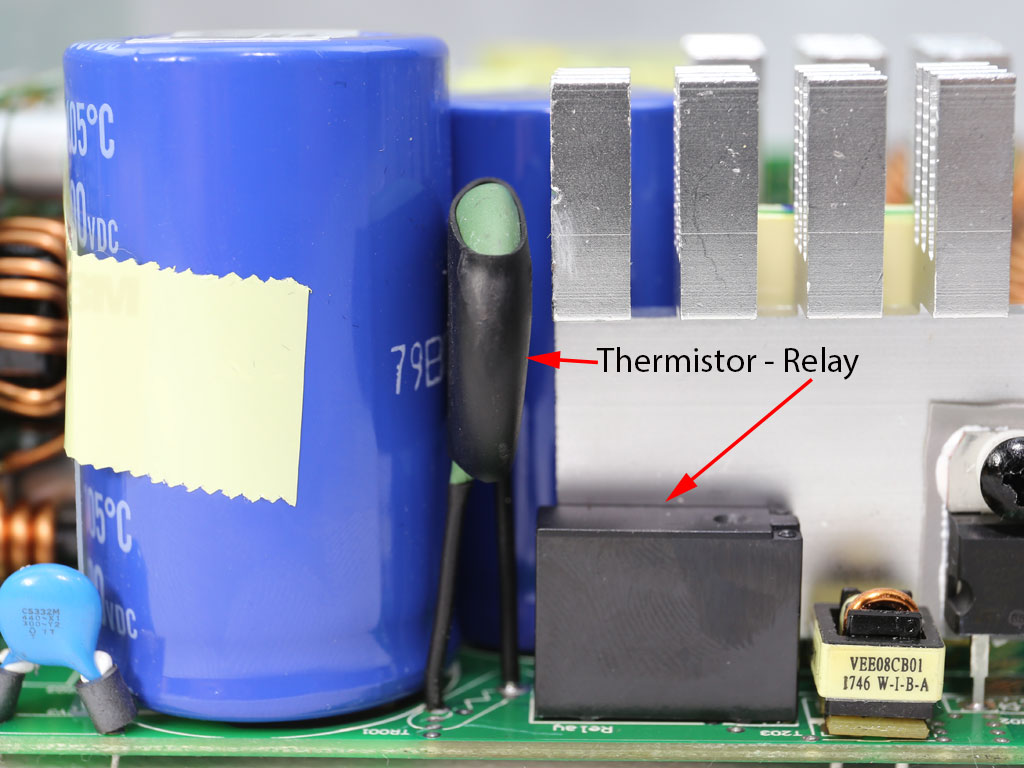














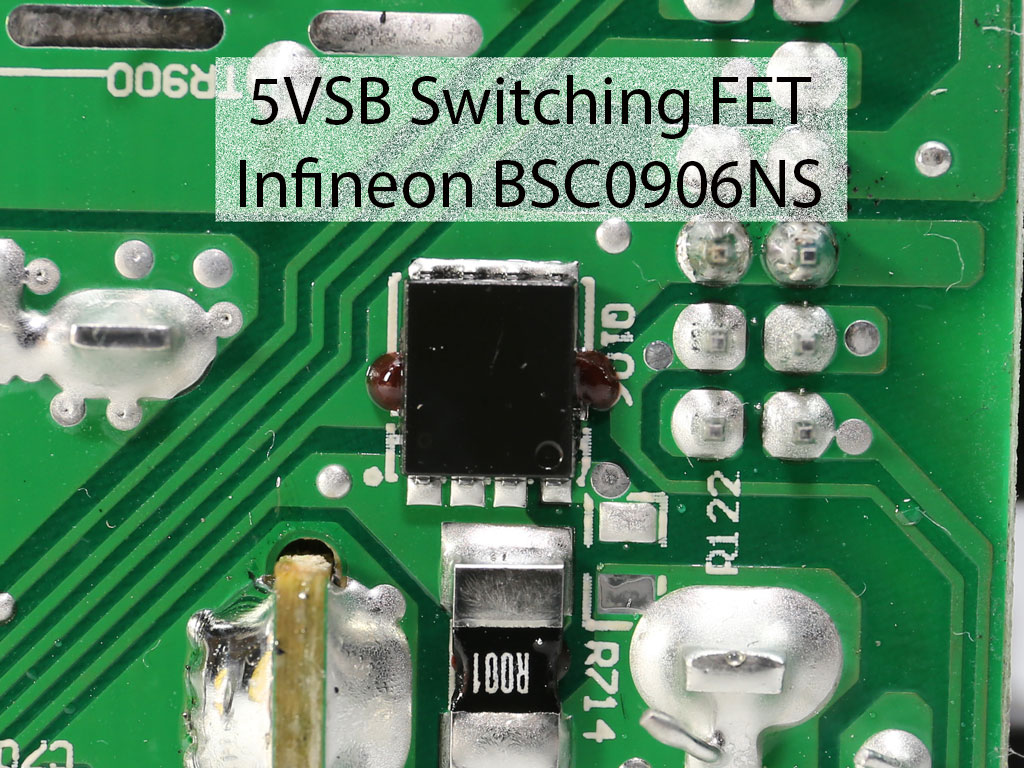











The following video shows the SSR-1000TR’s internals.
MORE: Best Power Supplies
MORE: How We Test Power Supplies
MORE: All Power Supply Content
Current page: Teardown & Component Analysis
Prev Page Unboxing Video Next Page Load Regulation, Hold-Up Time & Inrush CurrentStay On the Cutting Edge: Get the Tom's Hardware Newsletter
Get Tom's Hardware's best news and in-depth reviews, straight to your inbox.

Aris Mpitziopoulos is a contributing editor at Tom's Hardware, covering PSUs.
-
Nintendork I really wish companies focus on 300-550w Titanium PSU's, who the hell uses SLI/CF this days? Market is going multiCCX gpu's in the upcoming years.Reply
A Ryzen 2700X + Vega56/1070ti systems won't even draw past 375-400w. Most gaming PC's will stay at below 250w. Meanwhile for people who keep their PC 24/7 most of the time in idle, a contained PSU at titanium with 90% efficiency at 10% load is awesome.
My Bronze Seasonic S12-II 520w seems to be a gem with 82% efficiency at 10% load when most higher grade PSU's (gold/platinum) ignore this since they only need to comply with 85-90% minimum @20% load and then crapify to hell once you reach 15-10% load. -
Armando_0818 Just an FYI. CISPR 22 is no longer used. It has been updated to CISPR 32.Reply
Regards -
Aris_Mp Thank you! The limits are the same though for the conducted emissions that we measure and in general the products that pass the CISPR22 are likely to pass testing against CIPSR32.Reply
The CISPR22 was for information technology equipment while CIPSR32 is for multimedia stuff in general. -
zodiacfml Would you mind reviewing crypto PSUs from China? I have this Senlifang 2000W with 95 PLUS Gold sticker on it.Reply
I don't expect such efficiency until one day I plugged it to a system which previously has an 80 Plus Bronze - 650W PSU. The consumption on both PSUs are almost the same!
Adding to that, I've read somewhere that it is easier to have higher efficiencies on high wattage PSUs which I guess adds more credibility to the Senlifang PSU efficiency claims. -
Aris_Mp I don't believe that any of those manufacturers would be willing to send a review sample to me (or to any other PSU reviewer with proper equipment). The majority of them sell overrated stuff using bogus labels. Just be extra careful with those unknown PSU brands promising super high efficiency and wattage.Reply